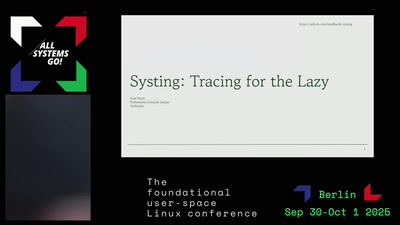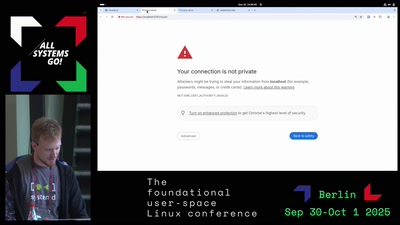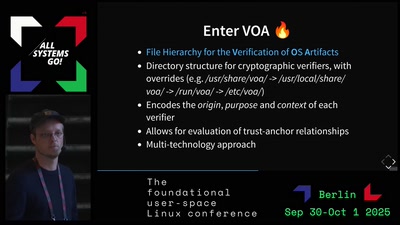[matrix] – Eine Einführung in das Matrix Kommunikationsprotokoll
Termin: 07.11.2025 – ab 19:30 Uhr
Matrix? Noch nie gehört?
Dabei handelt es sich um ein Kommunikationsprotokoll mit Fokus auf Dezentralisierung und Verschlüsselung – also genau das Richtige für alle, die genug von den großen, zentralisierten Plattformen haben.
Kein Wunder, dass immer mehr Hackspaces auf Matrix setzen – wir übrigens auch!
Aber nicht nur Hackspaces: Auch für Unternehmen, Unis und Privatpersonen wird Matrix immer spannender.
In der ChaosCouch #112025 erklärt Luca, was genau Matrix eigentlich ist, warum es sich lohnt, einen genaueren Blick darauf zu werfen, und welche Server, Clients und zusätzlichen Tools es im Matrix-Universum gibt.
Außerdem teilt Luca eigene Erfahrungen (inklusive einiger Probleme) aus dem Betrieb mehrerer Matrix-Server.
Und wer danach noch motiviert ist und etwas Zeit mitbringt: Luca hilft im Anschluss gern beim Aufsetzen eines eigenen Matrix-Servers.
 Jens Spahn beim Statement am Dienstagnachmittag. – Alle Rechte vorbehalten IMAGO / Andreas Gora
Jens Spahn beim Statement am Dienstagnachmittag. – Alle Rechte vorbehalten IMAGO / Andreas Gora Wenn wichtige Teile eines Werbearchivs plötzlich verschwinden, ist das ein Problem. – Gemeinfrei-ähnlich freigegeben durch unsplash.com Ujesh Krishnan
Wenn wichtige Teile eines Werbearchivs plötzlich verschwinden, ist das ein Problem. – Gemeinfrei-ähnlich freigegeben durch unsplash.com Ujesh Krishnan Auch Inhalte von verschlüsselten Messengern wie Signal und WhatsApp sind im Fokus der Chatkontrolle. – Alle Rechte vorbehalten IMAGO / photothek
Auch Inhalte von verschlüsselten Messengern wie Signal und WhatsApp sind im Fokus der Chatkontrolle. – Alle Rechte vorbehalten IMAGO / photothek Mit dem dänischen Vorschlag ist wieder die Vollüberwachung auf dem Tisch. (Symbolbild) – Alle Rechte vorbehalten IMAGO / IlluPics
Mit dem dänischen Vorschlag ist wieder die Vollüberwachung auf dem Tisch. (Symbolbild) – Alle Rechte vorbehalten IMAGO / IlluPics Der Kinderschutzbund betont, dass die Chatkontrolle auch die Privatsphäre und Grundrechte von Kindern verletzt.
Der Kinderschutzbund betont, dass die Chatkontrolle auch die Privatsphäre und Grundrechte von Kindern verletzt.  Chatkontrolle wäre wie eine Kameraüberwachung beim Briefeschreiben, bevor der Brief in den Umschlag gesteckt wird. (Symbolbild)
Chatkontrolle wäre wie eine Kameraüberwachung beim Briefeschreiben, bevor der Brief in den Umschlag gesteckt wird. (Symbolbild) 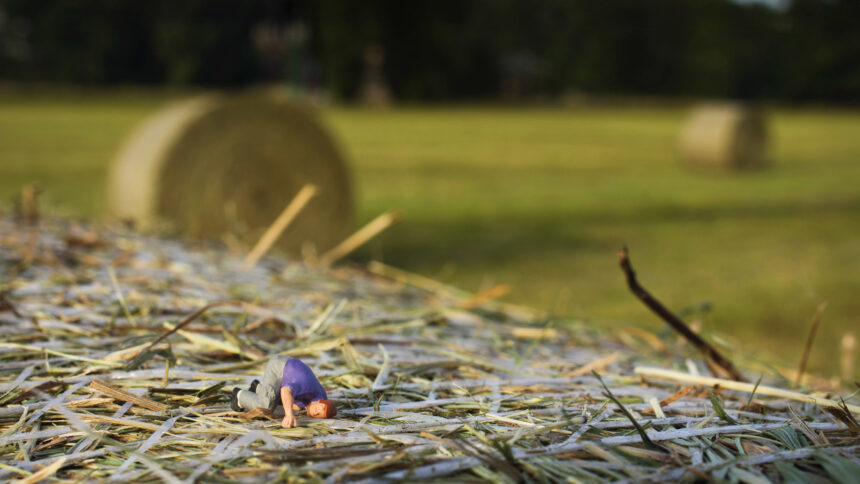 Wenn man die Nadel in einem ohnehin schon riesigen Heuhaufen sucht, hilft es dann, noch mehr Heu aufzuhäufen?
Wenn man die Nadel in einem ohnehin schon riesigen Heuhaufen sucht, hilft es dann, noch mehr Heu aufzuhäufen?  Entscheiden über Chatkontrolle: Innenminister Dobrindt und Justizministerin Hubig.
Entscheiden über Chatkontrolle: Innenminister Dobrindt und Justizministerin Hubig.  Auch die beiden verschlüsselten Messenger WhatsApp und Threema sind gegen die Chatkontrolle.
Auch die beiden verschlüsselten Messenger WhatsApp und Threema sind gegen die Chatkontrolle. 

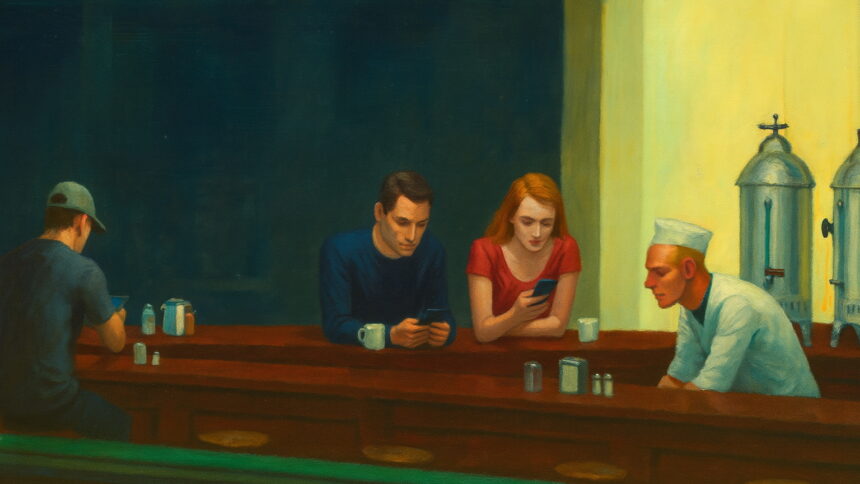 Wie sieht die Zukunft aus?
Wie sieht die Zukunft aus? 

 Für die schlechte Idee der Chatkontrolle ist kein Symbolbild zu stereotyp und hart.
Für die schlechte Idee der Chatkontrolle ist kein Symbolbild zu stereotyp und hart. 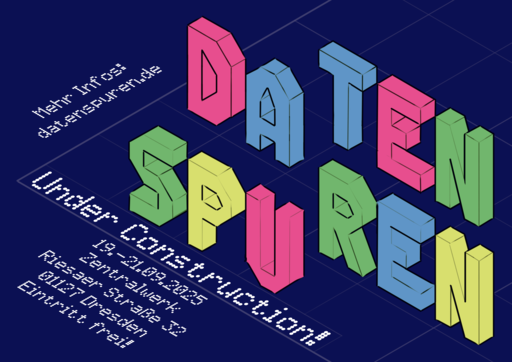
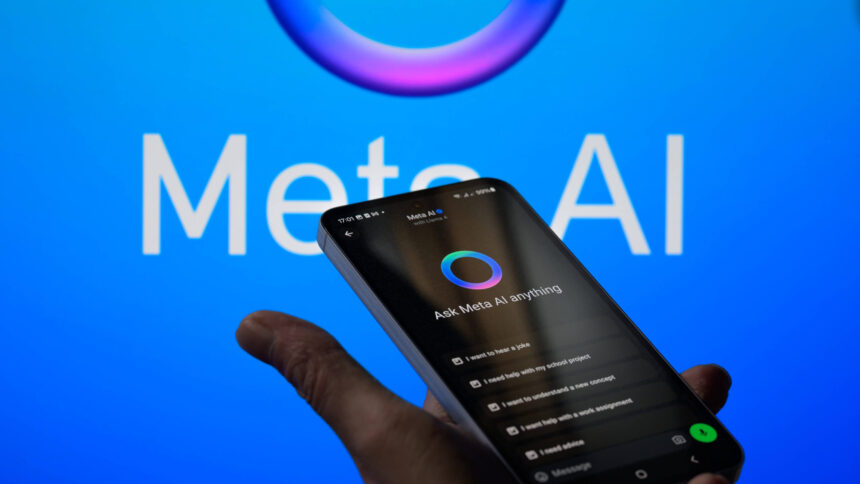 Unterhaltungen mit dem Meta-Chatbot sind nicht privat
Unterhaltungen mit dem Meta-Chatbot sind nicht privat  Mit der Chatkontrolle würde eine neue Form der anlasslosen Massenüberwachung eingeführt. (Symbolbild)
Mit der Chatkontrolle würde eine neue Form der anlasslosen Massenüberwachung eingeführt. (Symbolbild)  Das Statistische Bundesamt darf mit personenbezogenen Echtdaten neue Verfahren der Volkszählung testen. Datenschützer*innen warnen vor Profilbildung. (Symbolbild)
Das Statistische Bundesamt darf mit personenbezogenen Echtdaten neue Verfahren der Volkszählung testen. Datenschützer*innen warnen vor Profilbildung. (Symbolbild) 
 Noch ist der Messenger Signal in Europa verfügbar.
Noch ist der Messenger Signal in Europa verfügbar. 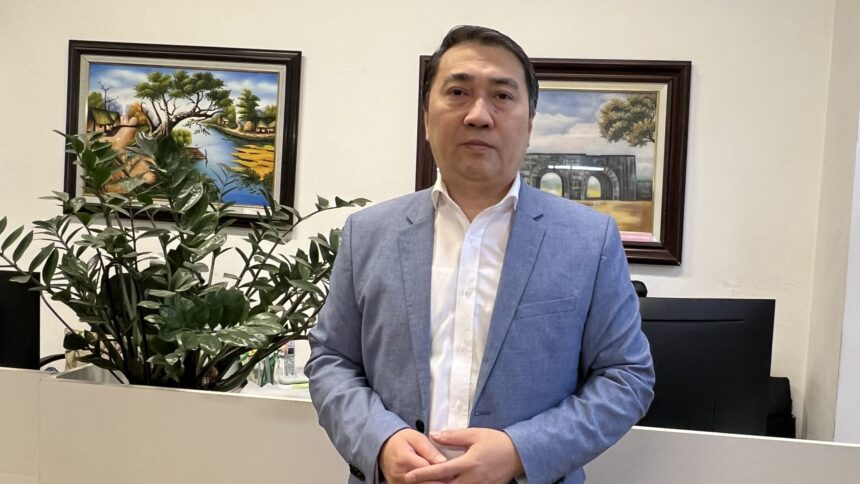 Der Journalist und Chefredakteur Trung Khoa Lê kämpft seit Jahren gegen Zensur und Angriffe auf sein Nachrichtenportal Thoibao.
Der Journalist und Chefredakteur Trung Khoa Lê kämpft seit Jahren gegen Zensur und Angriffe auf sein Nachrichtenportal Thoibao. 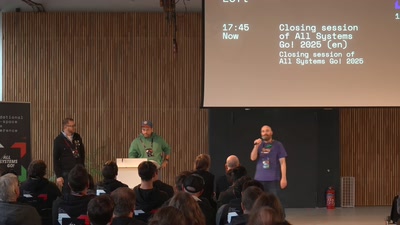
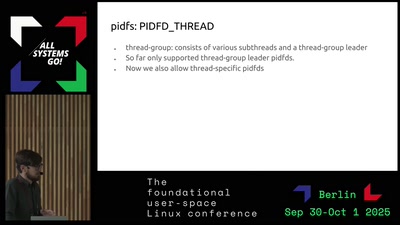
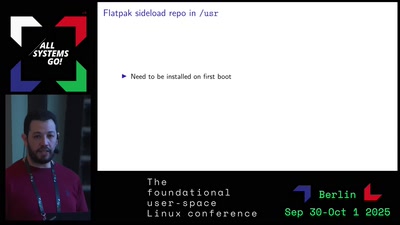
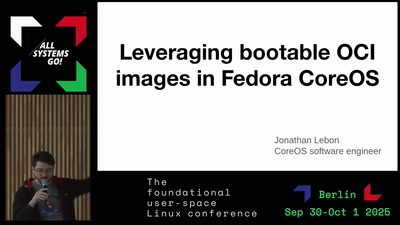
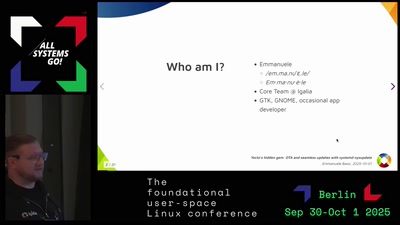
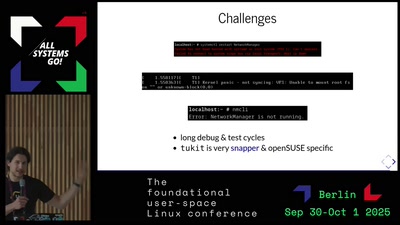
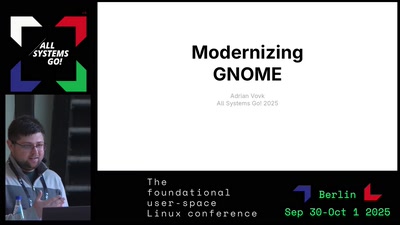
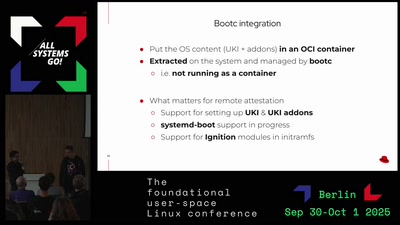
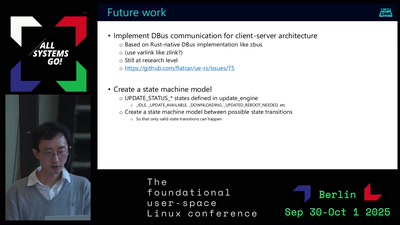
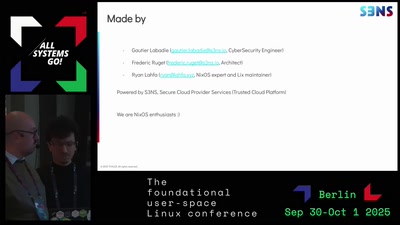
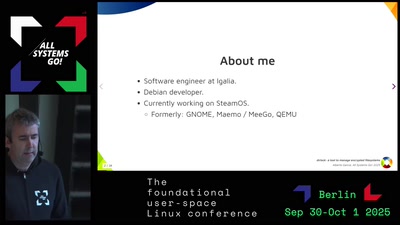
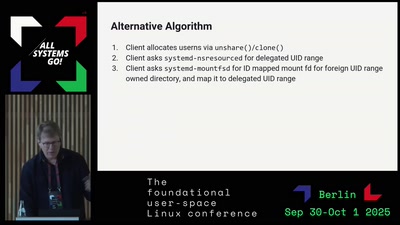
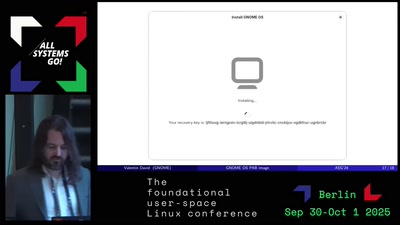
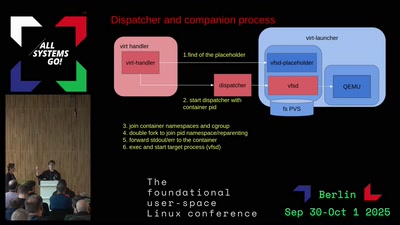
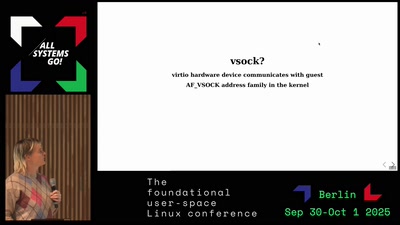
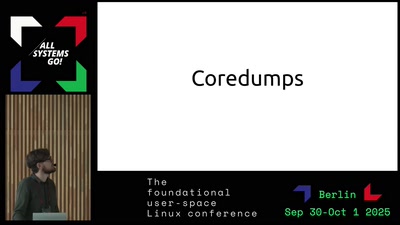
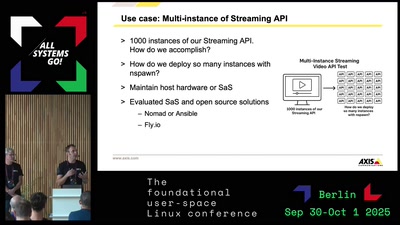
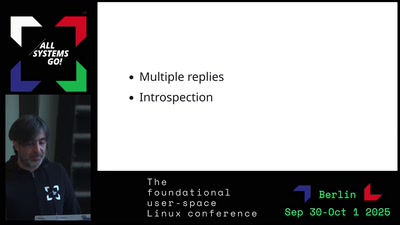
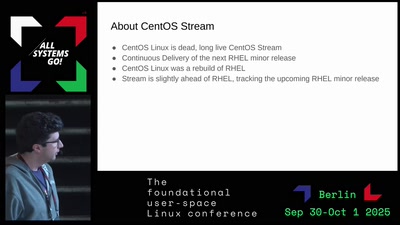
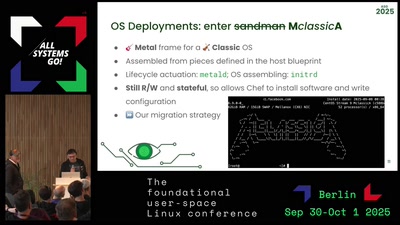
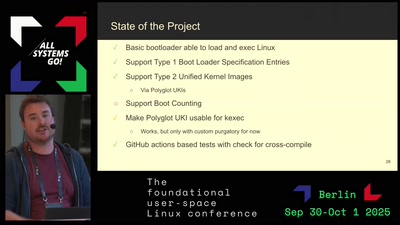
 Offenkundig will sich YouTube bei Trump einschleimen und gibt kampflos ein Gerichtsverfahren verloren.
Offenkundig will sich YouTube bei Trump einschleimen und gibt kampflos ein Gerichtsverfahren verloren.  Digitalminister Karsten Wildberger (CDU).
Digitalminister Karsten Wildberger (CDU). 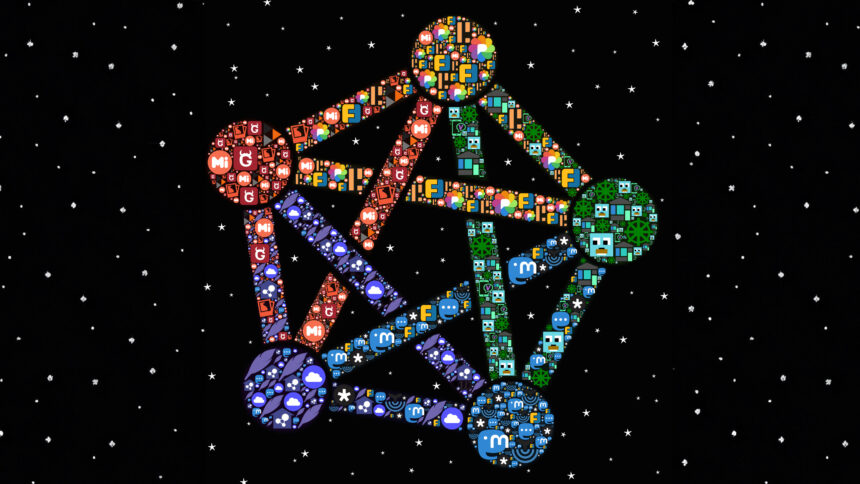 Im Gegensatz zu vielen kommerziellen Angeboten sind im freien Internet die Dienste miteinander verbunden.
Im Gegensatz zu vielen kommerziellen Angeboten sind im freien Internet die Dienste miteinander verbunden.  Menschen demonstrieren auf der ersten Pride in Pécs im Jahr 2021.
Menschen demonstrieren auf der ersten Pride in Pécs im Jahr 2021.  Schnell reich mit Online-Investmentplattformen?
Schnell reich mit Online-Investmentplattformen?  Einst galt das Versprechen, die ePA werde eine patientengeführte Akte sein.
Einst galt das Versprechen, die ePA werde eine patientengeführte Akte sein.  Die elektronische Patientenakte gilt als Herzstück der digitalen Gesundheitsversorgung.
Die elektronische Patientenakte gilt als Herzstück der digitalen Gesundheitsversorgung. 